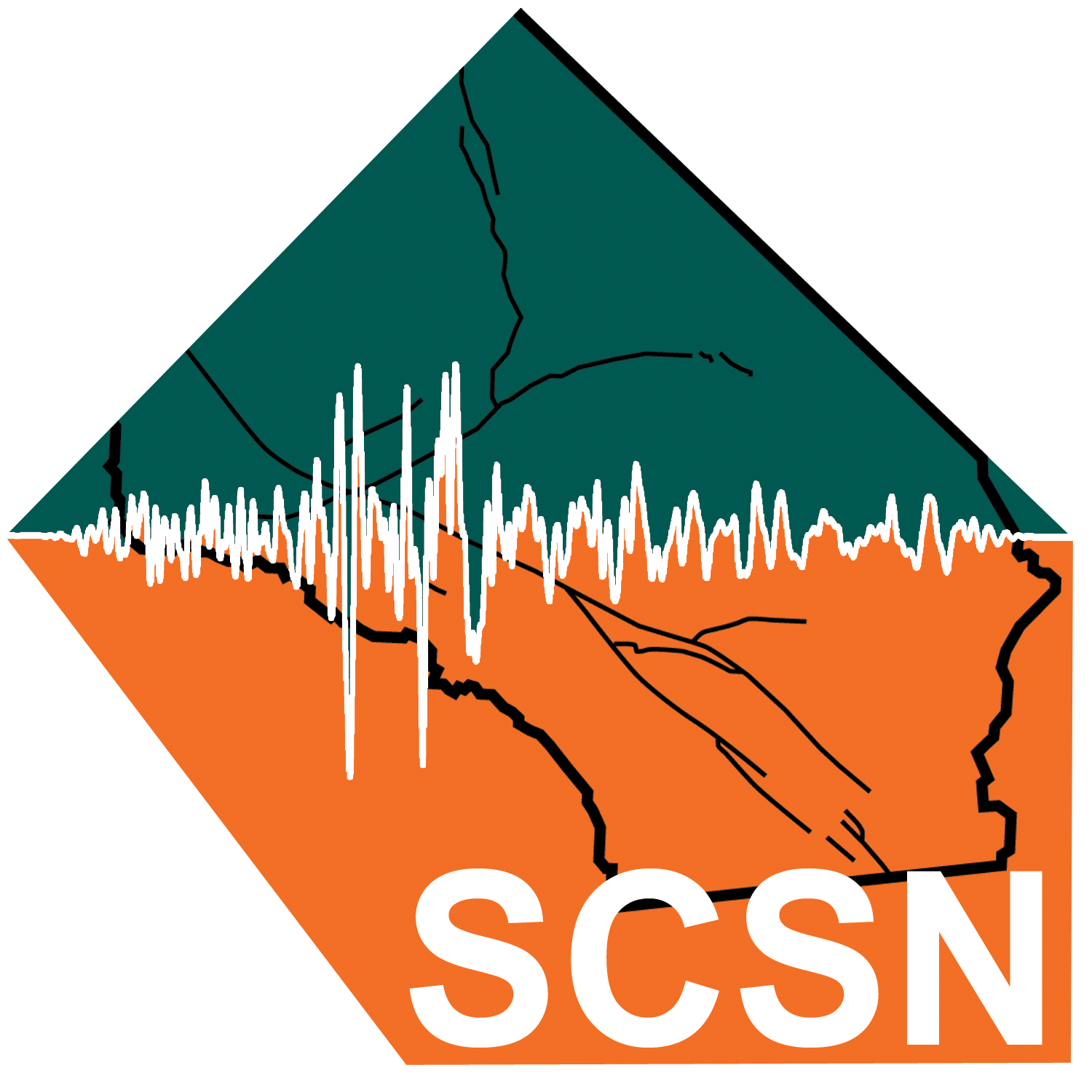Earthquake Information
Chronological Earthquake Index
Borrego Mountain Earthquake
TYPE OF FAULTING: right-lateral strike-slip
TIME: April 8, 1968 / 6:29 pm PST
LOCATION: 33° 09' N, 116° 07.5' W about 1.5 km (1 mile) north of Ocotillo Wells about 64 km (40 miles) south of Indio
MAGNITUDE: MW 6.5
DEPTH: 20 km
SURFACE RUPTURE LENGTH: about 33 km
FAULT RUPTURED: Coyote Creek fault (a branch of the San Jacinto Fault Zone); others offset slightly
When the Borrego Mountain earthquake struck in 1968, it was the largest and most damaging quake to have hit southern California since the Kern County earthquake, 16 years earlier. It was felt as far away as Las Vegas, Fresno, and even Yosemite Valley. The quake caused damage across most of southern California -- power lines were severed in San Diego County, plaster cracked in Los Angeles, and the Queen Mary, in drydock at Long Beach, rocked back and forth on its keel blocks for 5 minutes. A few ceilings collapsed at various places in the Imperial Valley. Close to the epicenter, the quake caused landslides, hurling large boulders downslope, damaging campers' vehicles at Anza-Borrego Desert State Park, and caused minor surface rupture, cracking Highway 78 at Ocotillo Wells.
One surprising result of the event is that it apparently caused small displacements along the Superstition Hills Fault (2.2 cm), Imperial Fault (1.2 cm), and the Banning-Mission Creek Fault (0.9 cm) -- respectively 45 km, 70 km, and 50 km from the epicenter. These fresh breaks and displacements were not noticed immediately after the mainshock, but no other significant events occurred within the interim that could feasibly have caused them. These are probably among the first noted instances of triggered slip, and they proved to be some of the most intriguing features of the Borrego Mountain earthquake.






